

Sumba is known for being a region with a living megalithic culture that has endured to the present day. Approximately 4500 years ago, this megalithic culture became a historical fact for the people of Sumba. These stones are made of hard white stone and tarimbang stones from Tarimbang Beach. This type of stone is usually more expensive due to its resemblance to marble or limestone. Stone slabs are erected on four stone pillars with a height of approximately 1.5 meters. Tombstones resemble an altar and weigh approximately 40 to 70 tons. To obtain these large stone pieces, the Sumbanese people perform a ceremony called "Tingu Watu" (stone pulling). Before this ceremony takes place, permission must be obtained from Marapu: the spirit owner or guardian of the stone.
There are several ceremonies performed to obtain permission from the "stone owner." First: "Ogo Watu," a cutting ceremony from stone excavation or from the mountain. The Marapu priest will lead the ceremony by offering chickens, rice, and betel nut to the spirit of the stone owner. The Marapu priest seeks the blessing of the ancestral spirits to ensure that the stone pulling ceremony proceeds smoothly. The second ceremony is "Tingu Watu" (Stone Pulling). Hundreds, and sometimes even thousands, of people are needed to move the stone, providing encouragement through traditional poems and songs. The stone pulling ceremony requires a significant amount of money, firstly to purchase the stone at a considerable cost and also to buy the animals needed for the ceremony and food for the many participants in this event. Therefore, the stone pulling ceremony is only for specific individuals who can afford it. The final ceremony involves arranging the graves by painting Marapu symbols on the tombstones. Most symbols are associated with the journey after life in this world.
Lapopu Waterfall offers a perfect combination between excitement and relaxing. In just an hour of the city Waikabubak this is not far from the central point of the west regency of Sumba. The adventure can be experienced in different ways.
On one hand you could relax on a spot where you can easily sit and enjoy the fantastic waterfall, have lunch, having a rest or just relaxing.
On the other hand, you could try to enter the waterfall by swimming into a strong current which gives you a refreshing satisfaction while you are standing under the waterfall surrounded by a magnificent environment. The waterfall is on top split in halve which reflects the surroundings, one half enters the water calmly and one half enters the water with power.
Horse riding one of unforgettable moment during your visit at Sumba, will provide form Hotel collaboration with local residents around the properties, The right time to enjoy the horse-riding experience is in the morning starting at 7 am for approximately 1 hour and accompanied by trainers.
Pasola, a ritual spear fight involving hundreds of horsemen, is the most spectacular ceremony on Sumba, which is now celebrated as a festival.
Every year from February to March, Pasola will be hosted in four subdistricts of West Sumba and South West Sumba Regency: Lamboya, Kodi, Wanukaka, and Gaura. The dates aren’t set in stone since the Ratos (priest) chooses them based on the full moons of the solar year.
The Sumbanese think that by retaining Pasola, they will be able to harvest an abundant crop since some blood shed during the fight might produce fertility.
This traditional village is located in Sumba, East Nusa Tenggara There are 38 traditional houses in this village. Prai Ijing Traditional Village is famous for its traditional house architecture called the Uma Bokulu, which means big house.
The traditional house in this village is divided into three parts. The lower part (Lei Bangun) is used to raise livestock; the Middle (Rongu Uma) is for the residents, and the top or tower (Uma Daluku) is used as a place to store food and heirloom tools. These structures, indeed, become the main attraction that tourists can find in the village! Also, the site is surrounded by shady trees and lush bushes which make the location feel shady and comfortable.
A beautiful hidden beach in West Sumba surrounded with sturdy cliffs that will provide shades for you with natural forms. The beach offers an exotic and amazing view. You can swim or climb the cliffs and see a nice panoramic view from top.
Also you can surf if the conditions allow. In addition, there are many cliffs and rocks around it, adding to the exoticism of this beach. Beautiful big waves under the hot sun make it even more attractive
Waikuri Lake’s water is so clear that you see the bottom, where stones or greenery lay in the water while the sand at the bottom of the lake has white color similar to sand in Sumba beaches. It is because Weikuri Lagoon located near the sea, which is only devived by coral cliffs. And the water is salty, because sea water can enters through the crevices of the cliffs and also not too deep so suitable for swimming. The atmosphere is still very calm and also still far from the crowded. You can climb up a little hill which gives you a view over the ocean but you can also have an overview over the amazing lake.
Enquire Now
Waikuri Lake’s water is so clear that you see the bottom, where stones or greenery lay in the water while the sand at the bottom of the lake has white color similar to sand in Sumba beaches. It is because Weikuri Lagoon located near the sea, which is only devived by coral cliffs.
And the water is salty, because sea water can enters through the crevices of the cliffs and also not too deep so suitable for swimming.
The atmosphere is still very calm and also still far from the crowded. You can climb up a little hill which gives you a view over the ocean but you can also have an overview over the amazing lake.
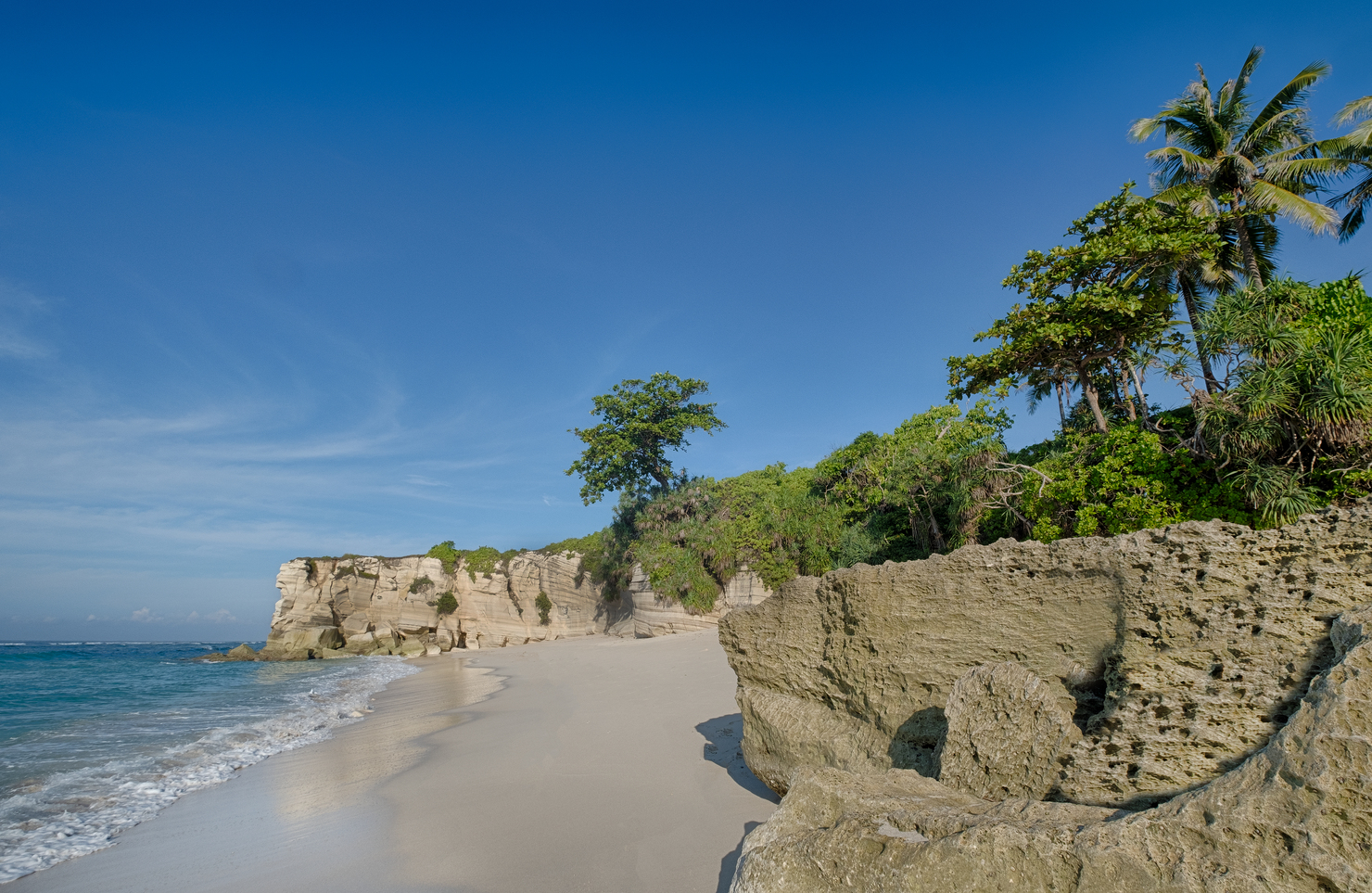
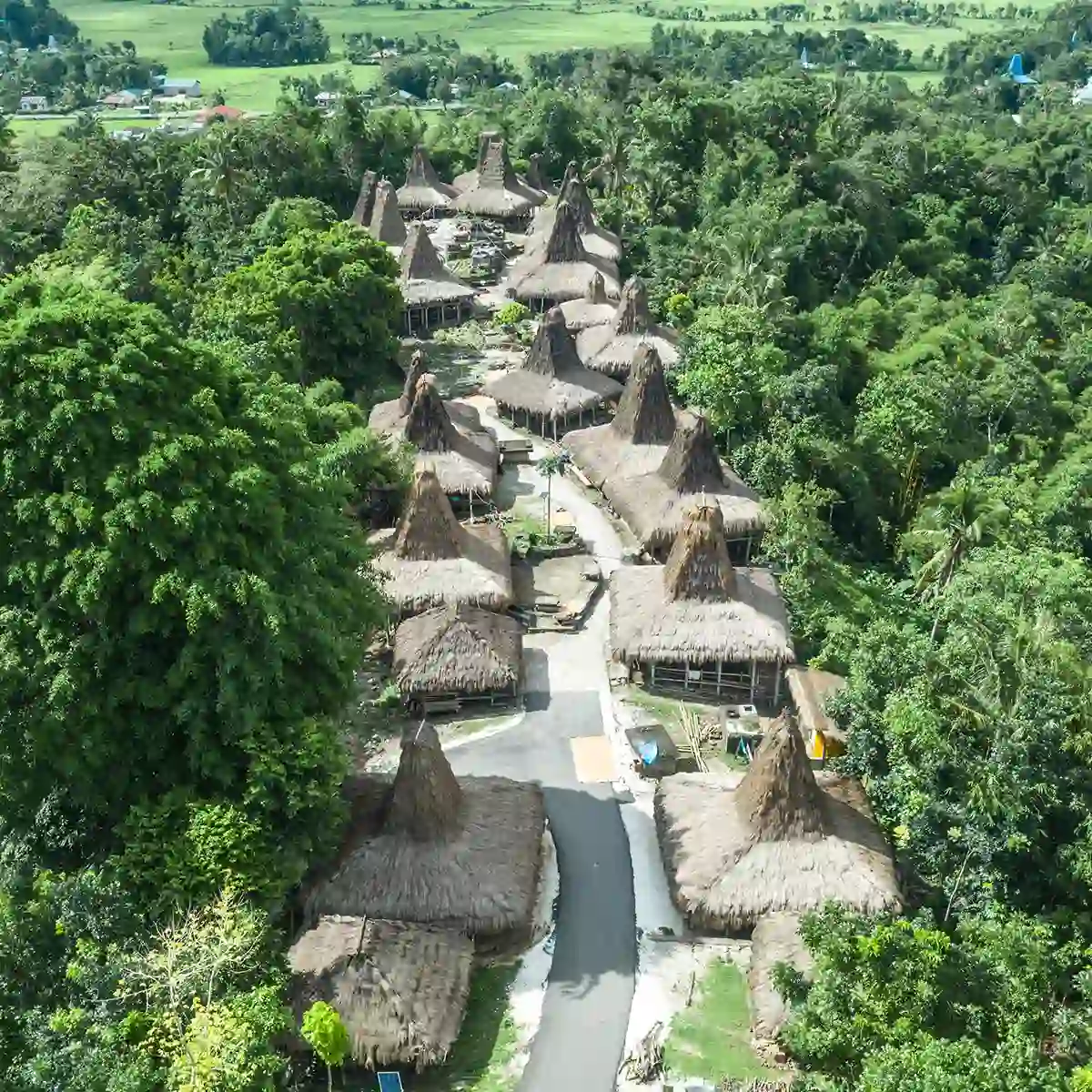
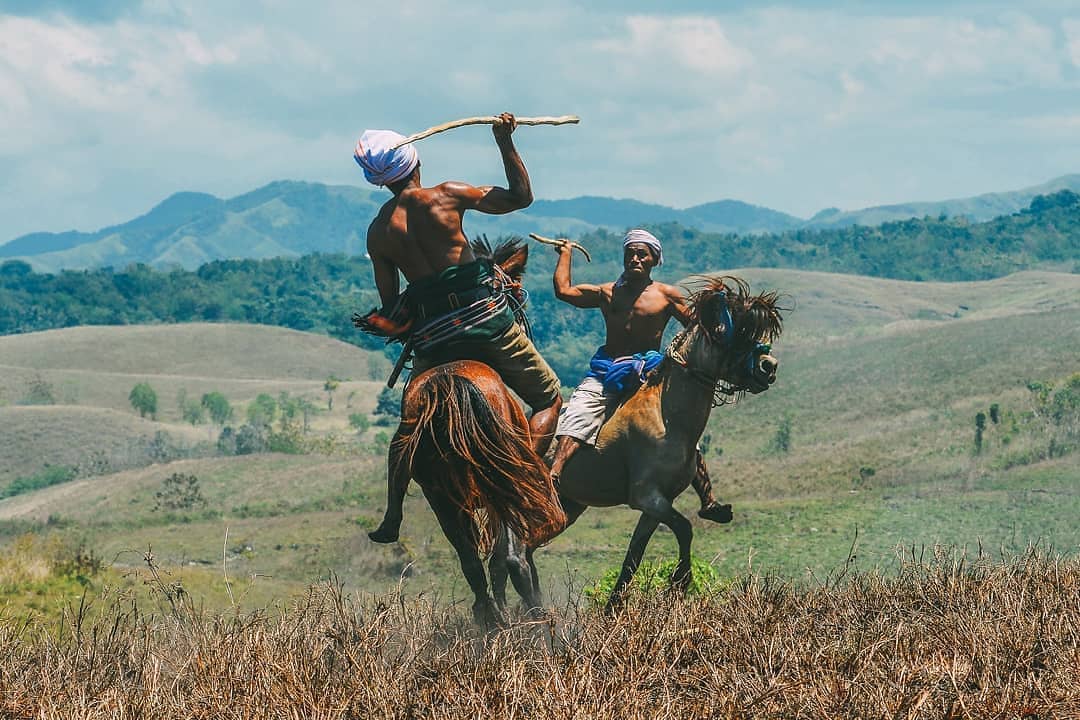
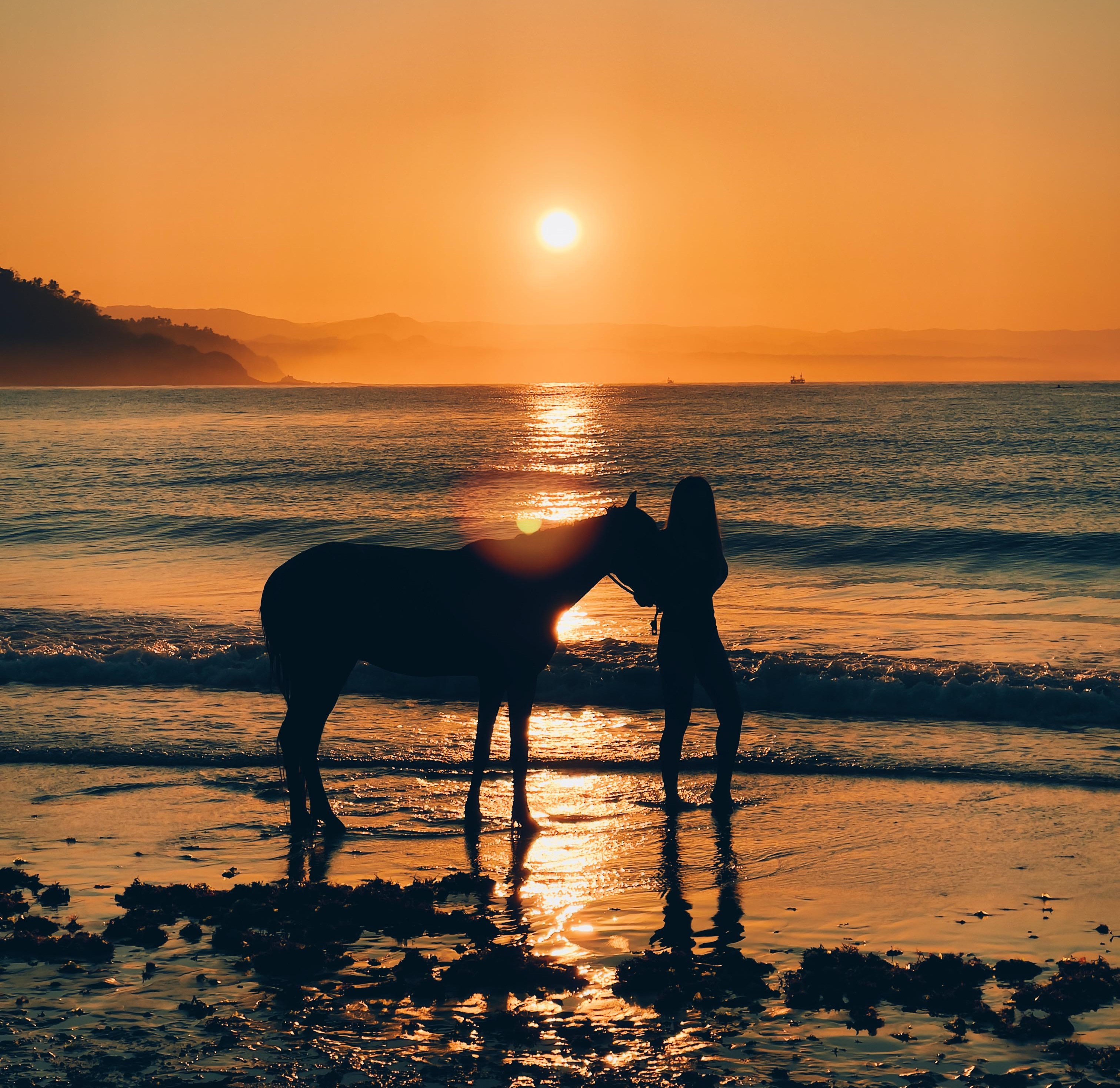
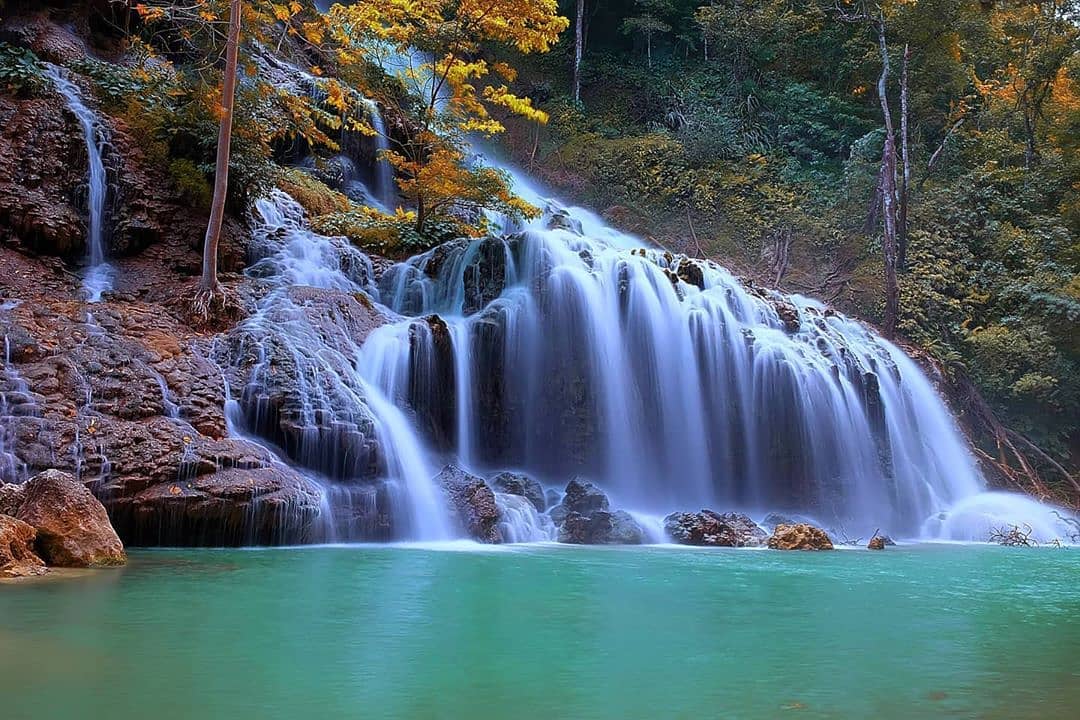
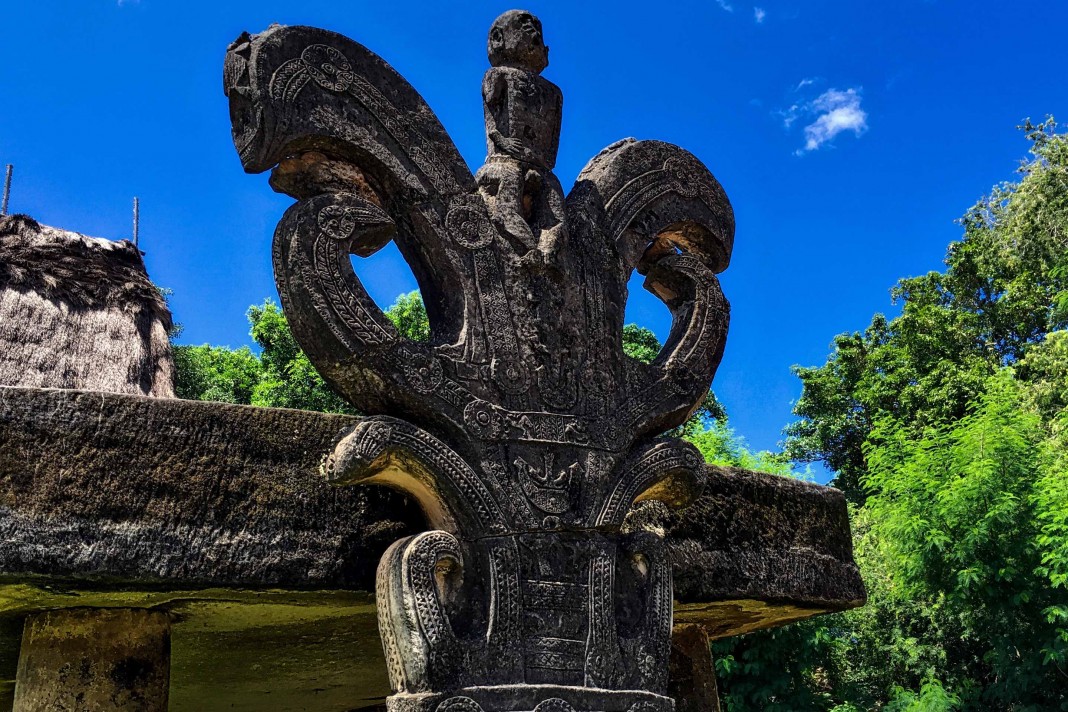
Sumba is known for being a region with a living megalithic culture that has endured to the present day. Approximately 4500 years ago, this megalithic culture became a historical fact for the people of Sumba. These stones are made of hard white stone and tarimbang stones from Tarimbang Beach. This type of stone is usually more expensive due to its resemblance to marble or limestone. Stone slabs are erected on four stone pillars with a height of approximately 1.5 meters. Tombstones resemble an altar and weigh approximately 40 to 70 tons. To obtain these large stone pieces, the Sumbanese people perform a ceremony called "Tingu Watu" (stone pulling). Before this ceremony takes place, permission must be obtained from Marapu: the spirit owner or guardian of the stone.
There are several ceremonies performed to obtain permission from the "stone owner." First: "Ogo Watu," a cutting ceremony from stone excavation or from the mountain. The Marapu priest will lead the ceremony by offering chickens, rice, and betel nut to the spirit of the stone owner. The Marapu priest seeks the blessing of the ancestral spirits to ensure that the stone pulling ceremony proceeds smoothly. The second ceremony is "Tingu Watu" (Stone Pulling). Hundreds, and sometimes even thousands, of people are needed to move the stone, providing encouragement through traditional poems and songs. The stone pulling ceremony requires a significant amount of money, firstly to purchase the stone at a considerable cost and also to buy the animals needed for the ceremony and food for the many participants in this event. Therefore, the stone pulling ceremony is only for specific individuals who can afford it. The final ceremony involves arranging the graves by painting Marapu symbols on the tombstones. Most symbols are associated with the journey after life in this world.
Lapopu Waterfall offers a perfect combination between excitement and relaxing. In just an hour of the city Waikabubak this is not far from the central point of the west regency of Sumba. The adventure can be experienced in different ways.
On one hand you could relax on a spot where you can easily sit and enjoy the fantastic waterfall, have lunch, having a rest or just relaxing.
On the other hand, you could try to enter the waterfall by swimming into a strong current which gives you a refreshing satisfaction while you are standing under the waterfall surrounded by a magnificent environment. The waterfall is on top split in halve which reflects the surroundings, one half enters the water calmly and one half enters the water with power.
Horse riding one of unforgettable moment during your visit at Sumba, will provide form Hotel collaboration with local residents around the properties, The right time to enjoy the horse-riding experience is in the morning starting at 7 am for approximately 1 hour and accompanied by trainers.
Pasola, a ritual spear fight involving hundreds of horsemen, is the most spectacular ceremony on Sumba, which is now celebrated as a festival.
Every year from February to March, Pasola will be hosted in four subdistricts of West Sumba and South West Sumba Regency: Lamboya, Kodi, Wanukaka, and Gaura. The dates aren’t set in stone since the Ratos (priest) chooses them based on the full moons of the solar year.
The Sumbanese think that by retaining Pasola, they will be able to harvest an abundant crop since some blood shed during the fight might produce fertility.
This traditional village is located in Sumba, East Nusa Tenggara There are 38 traditional houses in this village. Prai Ijing Traditional Village is famous for its traditional house architecture called the Uma Bokulu, which means big house.
The traditional house in this village is divided into three parts. The lower part (Lei Bangun) is used to raise livestock; the Middle (Rongu Uma) is for the residents, and the top or tower (Uma Daluku) is used as a place to store food and heirloom tools. These structures, indeed, become the main attraction that tourists can find in the village! Also, the site is surrounded by shady trees and lush bushes which make the location feel shady and comfortable.
A beautiful hidden beach in West Sumba surrounded with sturdy cliffs that will provide shades for you with natural forms. The beach offers an exotic and amazing view. You can swim or climb the cliffs and see a nice panoramic view from top.
Also you can surf if the conditions allow. In addition, there are many cliffs and rocks around it, adding to the exoticism of this beach. Beautiful big waves under the hot sun make it even more attractive
Waikuri Lake’s water is so clear that you see the bottom, where stones or greenery lay in the water while the sand at the bottom of the lake has white color similar to sand in Sumba beaches. It is because Weikuri Lagoon located near the sea, which is only devived by coral cliffs.
And the water is salty, because sea water can enters through the crevices of the cliffs and also not too deep so suitable for swimming.
The atmosphere is still very calm and also still far from the crowded. You can climb up a little hill which gives you a view over the ocean but you can also have an overview over the amazing lake.
Jl. Lelewatu No. 168, Wanokaka, Sumba Barat, Nusa Tenggara Timur 87272 – Indonesia
Jl. Lelewatu No. 168, Wanokaka, Sumba Barat,
Nusa
Tenggara Timur 87272 – Indonesia